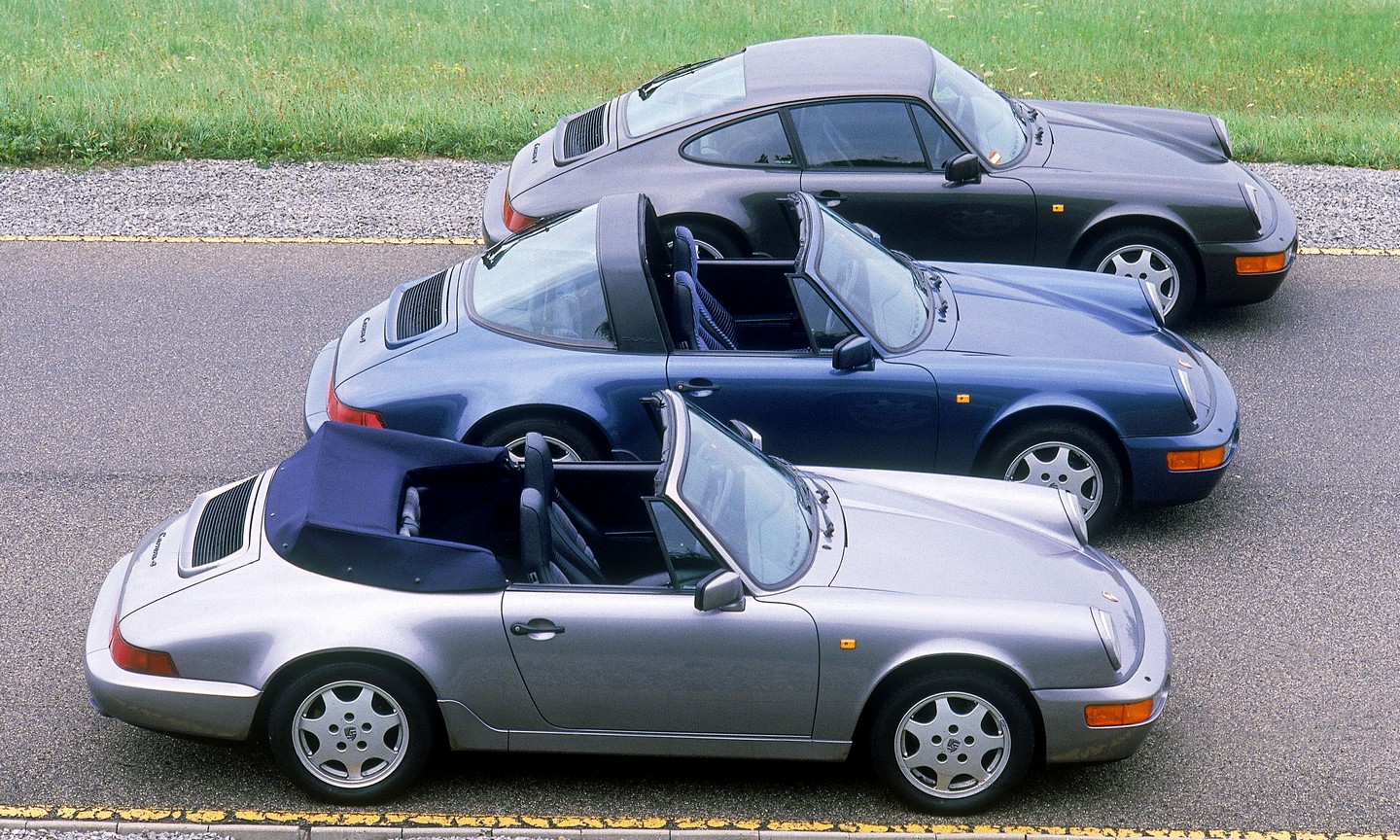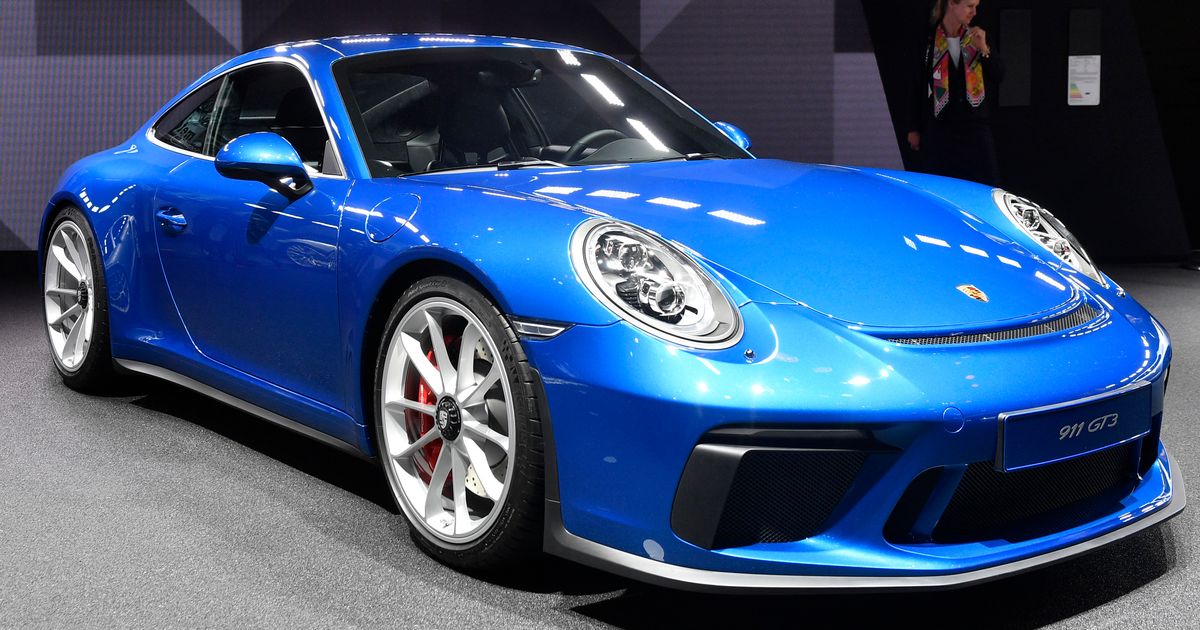When Did Porsche Buy Volkswagen? A Deep Dive Into The Automotive Partnership
Share

Porsche and Volkswagen are titans in the automotive world, each with their own rich histories, loyal fan bases, and a reputation for engineering excellence. The question that often arises among automotive enthusiasts is: when did Porsche buy Volkswagen? The answer is more complicated than a simple date; it involves strategic decisions, market dynamics, and the evolving landscape of the automotive industry.
The Genesis of the Relationship
To understand when Porsche acquired Volkswagen, we need to go back to the mid-20th century. Both brands share a common ancestry that dates back to their founder, Ferdinand Porsche. In 1931, Ferdinand founded the Porsche Engineering Office, which developed the iconic Volkswagen Beetle. This partnership laid the groundwork for a long-lasting relationship that would dramatically shift over the decades.
As the years progressed, both companies evolved. Volkswagen became a global leader in car manufacturing, while Porsche established itself as a premier sports car manufacturer. Despite their individual achievements, their destinies inevitably intertwined again.
Taking Control: The Timeline
Although Porsche and Volkswagen have collaborated closely over the years, the significant shift toward ownership began in the late 20th century. Here's a brief timeline highlighting major events leading to Porsche's acquisition of Volkswagen:
-
2005: Porsche began acquiring shares in Volkswagen, initiating what would become a pivotal point in their relationship. Starting with 5% of shares, this strategic move indicated Porsche's intention to strengthen its influence within the company.
-
2008: By 2008, Porsche's stake in Volkswagen increased to approximately 74%. This aggressive share acquisition drew both admiration and scrutiny from the industry, signaling a critical power shift.
-
2012: The culmination of these efforts occurred when Porsche completed a merger with Volkswagen in 2012, becoming part of the Volkswagen Group. This merger solidified shared resources, technology, and development, reinforcing each brand's legacy and expanding their global reach.
Strategic Motivations
So, what motivated Porsche's acquisition of Volkswagen? The synergy between the two brands allowed them to leverage each other's strengths while mitigating risks. Here are key factors driving this strategic approach:
1. Shared Platforms and Technology
The merger allowed both manufacturers to benefit from shared platforms and technologies. For example, Porsche's engineering excellence could be utilized to enhance future Volkswagen models, while Volkswagen's mass-production capabilities could streamline Porsche's manufacturing processes.
2. Expanding Product Lines
With the acquisition, both companies gained access to a broader market. Porsche could tap into Volkswagen's extensive production network, while Volkswagen could introduce performance-focused vehicles under the Porsche brand. The combined product lines resulted in an innovative array of vehicles catering to performance enthusiasts and everyday drivers alike.
3. Financial Stability
The automotive industry is robust yet volatile, making financial stability crucial. By acquiring Volkswagen, Porsche ensured a more sustainable financial landscape, allowing both entities to weather economic fluctuations together.
The Resulting Legacy

The merger between Porsche and Volkswagen transcended mere ownership; it created an automotive powerhouse renowned for quality, performance, and innovation. By 2021, the Volkswagen Group was not only one of the largest car manufacturers in the world but also included famed brands like Audi, Lamborghini, and Bugatti.
A Unified Vision for the Future
Porsche's entry into the Volkswagen Group led to a collective vision that prioritized electric vehicles and sustainable practices. Under this unified banner, both manufacturers have committed to ambitious environmental goals, including an electrification strategy that significantly reduces their carbon footprint.
Porsche unleashed the Taycan, an electric sedan that combines luxury and performance in a way that remains true to the brand’s ethos. Concurrently, Volkswagen has launched its ID series, aiming for mass-market electric vehicles. Together, they are redefining the future of sustainable mobility.
Challenges Along the Way
Despite the promising outlook, the integration process was not without challenges. Cultural differences between the luxury-focused Porsche and the mass-oriented Volkswagen created friction. The brands navigated these challenges through open communication and alignment on long-term goals.
Moreover, external pressures such as regulatory changes and economic downturns have tested the resilience of both brands. The automotive landscape is rapidly evolving, and remaining agile is crucial for sustained success in a competitive market.
Celebrating Shared Success

The acquisition of Volkswagen by Porsche has rewritten history and redefined what it means to be a leading automotive manufacturer. As fans continue to rally around both brands, it’s evident that their collaboration will yield even more innovative vehicles and contribute positively to the industry.
The journey from their shared roots to the merger is more than just a corporate tale; it's a narrative filled with passion, raceways, and a shared commitment to excellence. Car enthusiasts can continue to look forward to thrilling experiences as both brands take on the future.
Conclusion
While the question "when did Porsche buy Volkswagen?" may point towards specific dates and figures, it truly reflects a story of collaboration and innovation within the automotive landscape. This relationship continues to blossom, demonstrating that together, Porsche and Volkswagen are capable of achieving far greater heights than as separate entities.

With each new model released, we can sense the legacy of Ferdinand Porsche's vision coming to life, brilliantly merging performance, luxury, and sustainability. The automotive world is keenly watching as Porsche and Volkswagen drive into the future, reshaping what we know about performance vehicles and electric mobility.